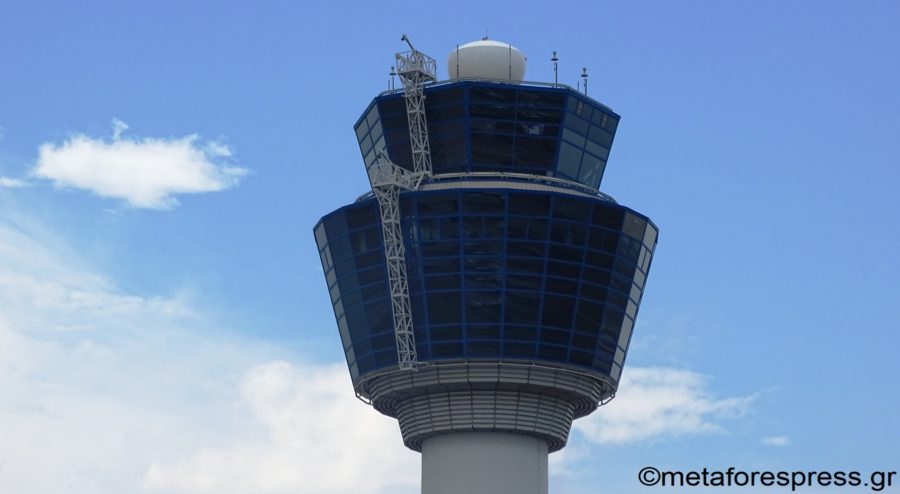Amazon has unveiled plans to double its same-day delivery facilities over the coming years, but the air transport sector will not play a significant role.
The e-commerce behemoth has been in the vanguard of the push to next-day deliveries, standard for Prime subscribers pre-pandemic and signalled ambitions to accelerate to same-day, but lockdowns and subsequent surge in volume forced it to step on the brakes.
Now its foot is on the accelerator again.
In the past quarter, Amazon delivered more than half of all orders by Prime subscribers in the 60 largest US metropolitan areas on the same or next day. In the first six months, it delivered over 1.8bn units to US Prime members with same- or next-day service – a fourfold increase over H1 19.
Delivery windows have shrunk throughout the industry. According to project44’s State of Last Mile report in May, the time from order to final delivery of e-commerce shipments averaged four days in April, compared with 5.6 days a year earlier.
The report’s authors attribute the faster speed to a combination of factors. The industry is no longer experiencing the large capacity constraints that affected deliveries until halfway through last year, and shippers have diversified their carrier mix to make use of faster delivery options in specific regions. At the same time, merchants have honed offerings with shorter delivery routes, notably shipping from stores, which has figured prominently in the efforts of Walmart, Target and other retailers.
For Amazon, the chief instrument to reduce the distance to consumers has been the deployment of micro fulfilment centres, where it stocks popular items. Doug Herrington, head of Amazon’s Worldwide Stores, said: “These hybrid facilities allow us to fulfil, sort and deliver all from one site, making the entire process of delivering customer packages even faster.
“Amazon selection varies by city, as we regularly update our product offering based on what we’re seeing as top customer items purchased or based on seasonal demand in the area,” he added.
The proliferation of these same-day delivery facilities has gone hand in hand with a revamp of Amazon’s fulfilment strategyturning from a national fulfilment network based on hub-and-spoke, and developed a new concept that divides the network into eight smaller regions (see The Loadstar, 20 April). With a broad selection of inventory, the regions operate on a self-sufficient basis, but can also ship items nationally when necessary.
Same-day service has been largely associated with critical items required at short notice, commanding premium pricing to reflect higher costs. Amazon executives argue, though, that this can actually bring costs down.
“Our fastest speeds tend to be our most economical,” Amazon VP of transportation Udit Madan told CNBC, pointing to shorter distances and fewer hand-offs.
The company claims it has reduced the miles goods are moved from fulfilment centres to consumers by 15%, and cut the number of instances a package is handled. CEO Andy Jassy said the company had achieved a 20% reduction in the number of touches, pared down miles travelled by 19% and registered an increase of over 1,000 basis points in deliveries fulfilled within a region.
This is in stark contrast with the high costs associated with moving packages by air. Indeed, Amazon appears to have abandoned its air network expansion. It renewed only four leases out of 12 B767 freighters from Air Transport Services Group that are expiring this year, and terminated the flying contracts with Western Global Airlines and Silver Airways.
This suggests that management is not bent on competing with FedEx and UPS for third-parcel traffic in its air network, but prioritises speed of parcel delivery through a stronger, faster ground network.
And in China, Cainiao, the logistics arm of Alibaba, is also aggressively building out its same-day capabilities. In June, it launched a same-day offering in eight cities, including Shanghai, Guangzhou, Shenzhen, Hanzhou and Chengdu. A few days ago, it announced it would extend the service to seven more and, in the long run, has plans to cover 300 cities with the service, according to one source.
By Ian Putzger, Americas correspondent,
The LOADSTAR

















































